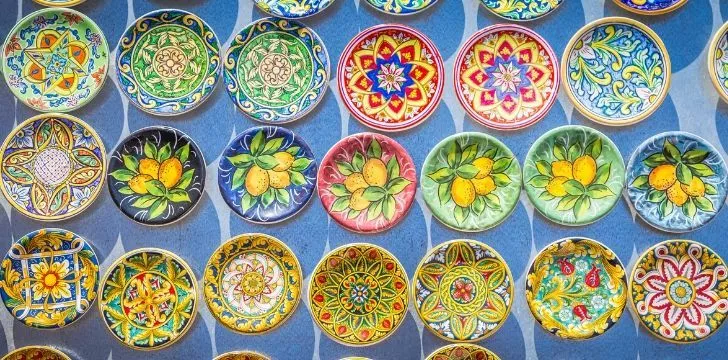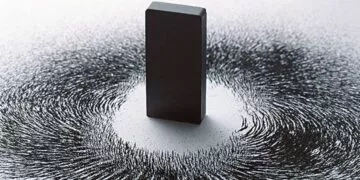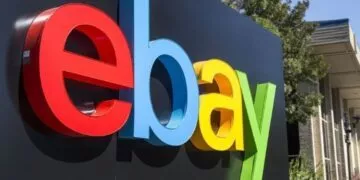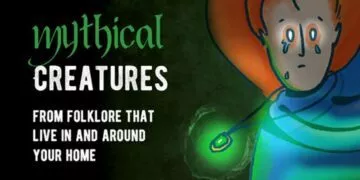Many of us have grown up with magnets adorning our fridges, but we’ve never really questioned why.
It’s become increasingly common to find a household fridge that is covered in some sort of magnet, whether it’s a promotional magnet or a souvenir.
If you’re a curious person then maybe you’ve stood in front of your fridge and pondered why we use them, and how they came to be.
We’re going to take a look into the history of fridge magnets and explain how these handy placeholders ended up on our fridges.
Before we do that, though, it’s best if we quickly refresh what magnets are exactly.
What even are magnets?
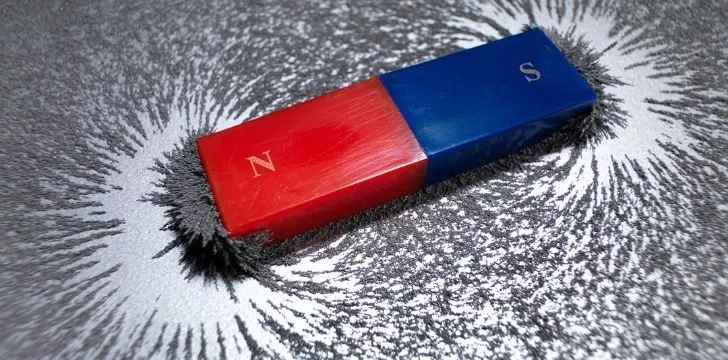
For thousands of years now we’ve known of the existence of magnetism, but it wasn’t really until relatively recently that we’ve figured out what it actually is, and how it works.
Some of the first people to discover that one type of stone would attract other iron-rich stones were the ancient Greeks.
The first to discover the use of magnetism to point a piece of metal in a constant direction were the ancient Chinese, who used their early forms of the compass to practice Feng Shui.
So what are magnets?
By a simple definition, they’re an object that gives out magnetic fields, which in turn attract metals such as steel, iron, nickel, and cobalt.
Magnets can come in a variety of shapes and forms.
Some are created by mixing iron and another element such as vinyl or ceramic, which are then magnetized (changed so they also have a magnetic field) by a more powerful magnetic source.
Another common form of a magnet is an electromagnet, which is a critical component in most types of motors.
These magnets are constantly being recharged and magnetized by an electric current, which makes them very strong magnets.
You can learn more about what magnets are and how they work here.
What are magnets used for?
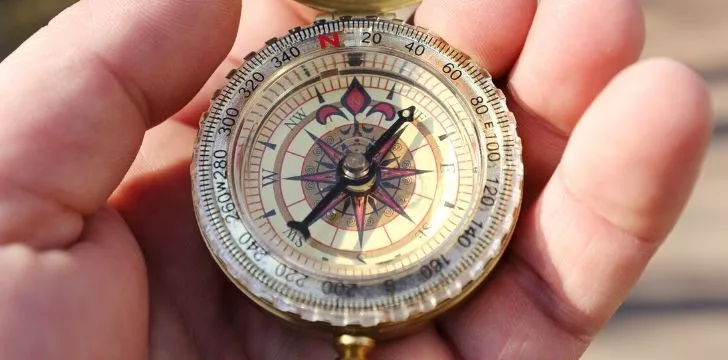
As we’ve already mentioned, we’ve known about magnets for thousands of years already, with the earliest records dating back to around 2500 years ago in Greece, India, and China.
By around 1200 AD it was discovered that you could use a magnet to give you a true bearing of north or south, and from this discovery, compasses were born.
Compasses completely revolutionized how we travel and see the world, allowing travelers to navigate without using the sun or stars, which was generally more unreliable.
Fast forward to the 20th Century, and magnets were beginning to be used in a wide variety of ways in electronics, motors, and so on.
How did we start to use magnets on our fridges?
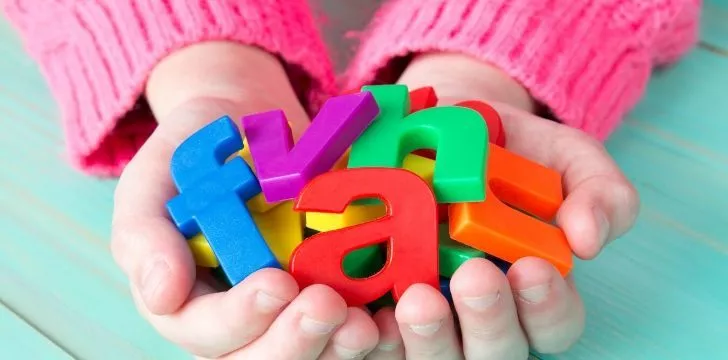
It wasn’t even until 1913 that the first commercial fridge was invented by a man called Fred W. Wolf.
Although fridges didn’t see widespread use until General Electric released their “Monitor-Top” fridge in 1927.
Unsurprisingly, it wasn’t until after fridges were invented that we began to use magnets on them, and this didn’t come until around the middle of the 20th Century.
It was around this time that it became common to attach a magnet to plastic numbers or letters, which were used as teaching aids.
The first fridge magnets that were actually designed for the purpose of being used on a fridge were invented by a man called Sam Hardcastle.
He had been tasked by companies in the space industry with inventing a form of magnetic letters and numbers which were completely magnetic, instead of just being a piece of plastic with a magnet attached.
Sam Hardcastle created a way to mix iron oxide, essentially iron dust, with vinyl, a slightly flexible plastic.
He found that the magnets he created suited the purpose perfectly and held onto surfaces much better as the whole of the “magnet” was magnetized.
Sam realized that his magnets had much more potential and started an advertising company that sold some of the world’s first magnetic fridge advertisements.
He went on to branch into the souvenir industry by creating specialized magnets for each US state with interesting notes on each of them for the tourism industry.
Around the time that Sam Hardcastle was developing his fridge magnets, another player stepped into the game.
A man called William Zimmerman acquired the first patent for a new type of fridge magnets in the 1970s, which were in the form of small cartoons and were quite useful to hold things on fridges.
Why are fridge magnets so popular?
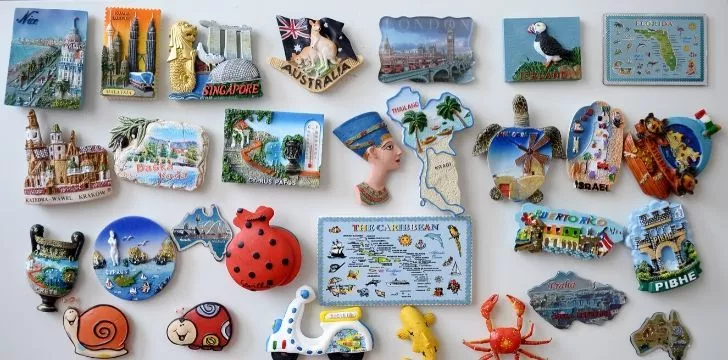
Fridge magnets rapidly gained approval from the general public around the world.
Magnets with company advertisements were commonly given out for free, and it was discovered that they were incredibly useful at holding notices, photos, and drawings on the fridge.
While these were great, more colorful and interesting designs became more and more common, with people decorating their fridges with mementos from all the places they had traveled to.
In the 1990s a company created a product called magnetic poetry, which included a packet of words on magnetic backing, which could be used to create any sentence you could imagine from the available words.
The rest? It’s history!
I don’t know about you, but a fridge isn’t truly your own until you’ve decorated it with a few fridge magnets! And it’s not truly your own until you’ve put a pillow on your fridge…?
For some, this is all about building up an ever-growing collection of silly colorful fridge magnets from wherever they have traveled.
For others, fridge magnets are valued more for their usefulness in pinning important messages or family photos to the fridge.
Whether you’re a fan of blinging up your fridge or not though, fridge magnets are definitely going to be sticking around for a while!

